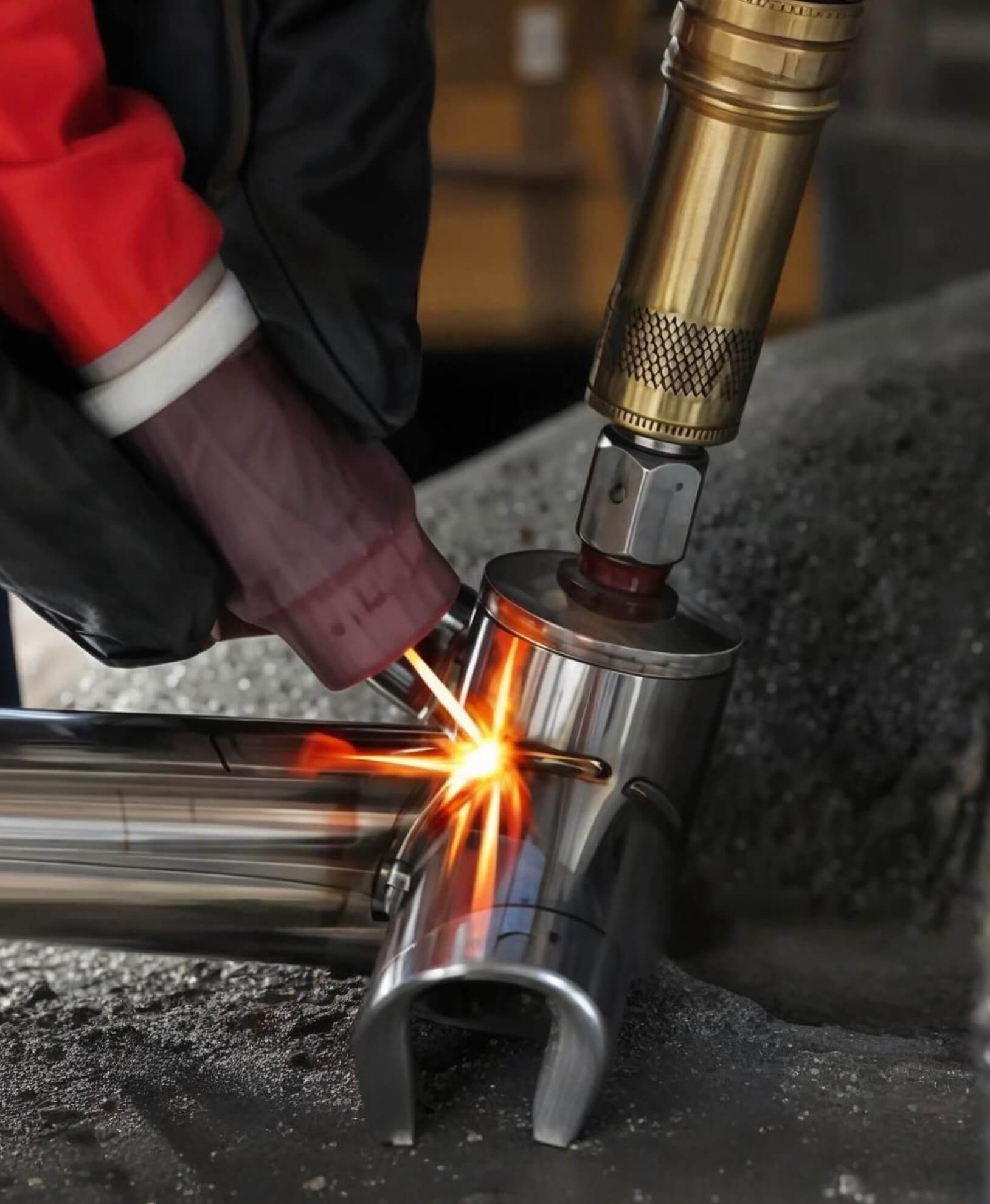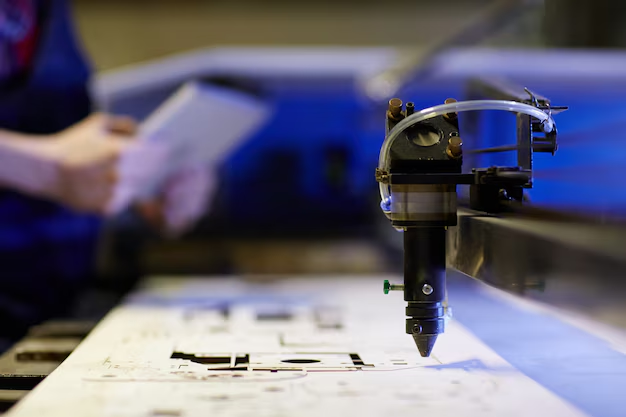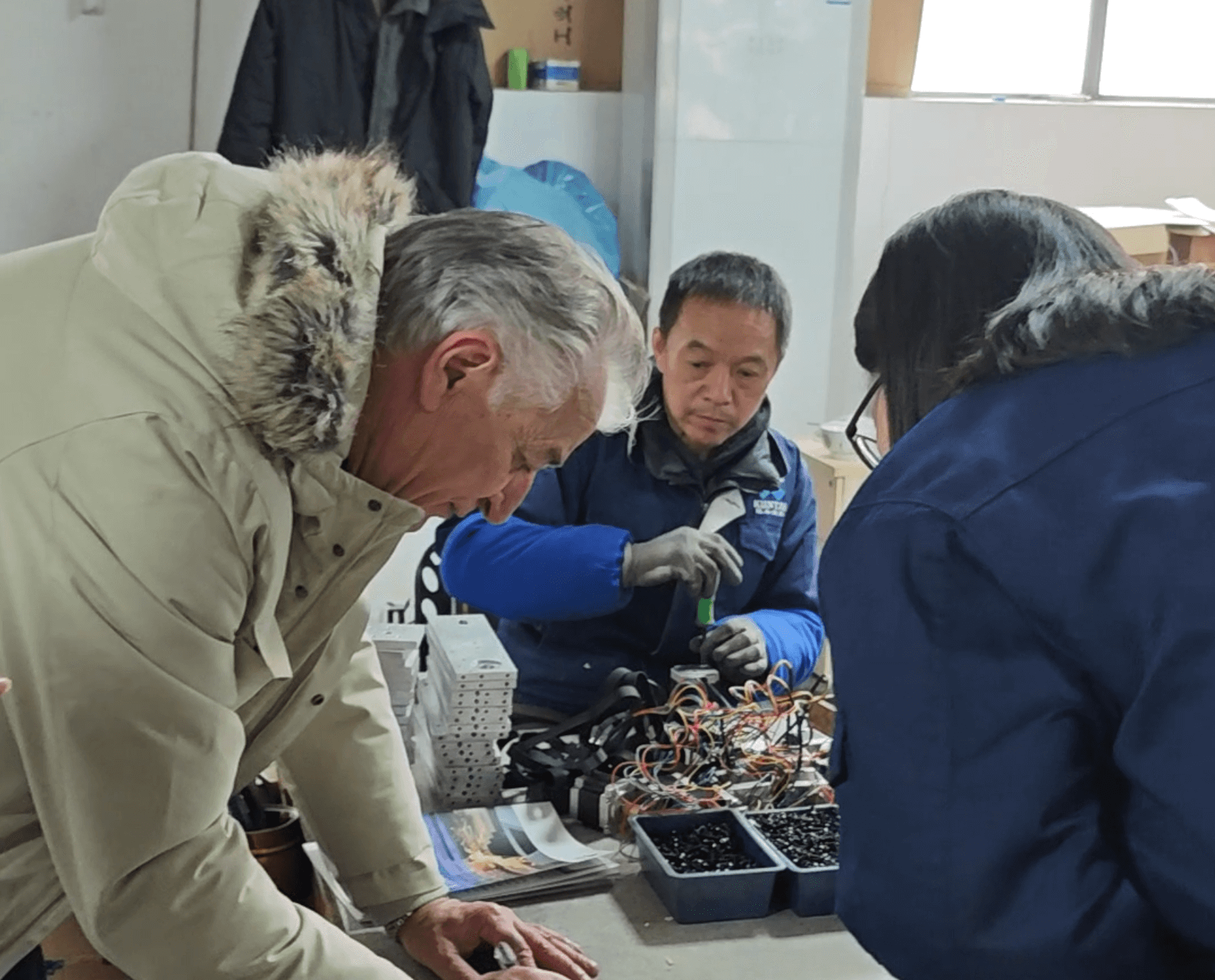Table of Contents
The Difference Between Laser Marking Machine and Laser Engraving Machine
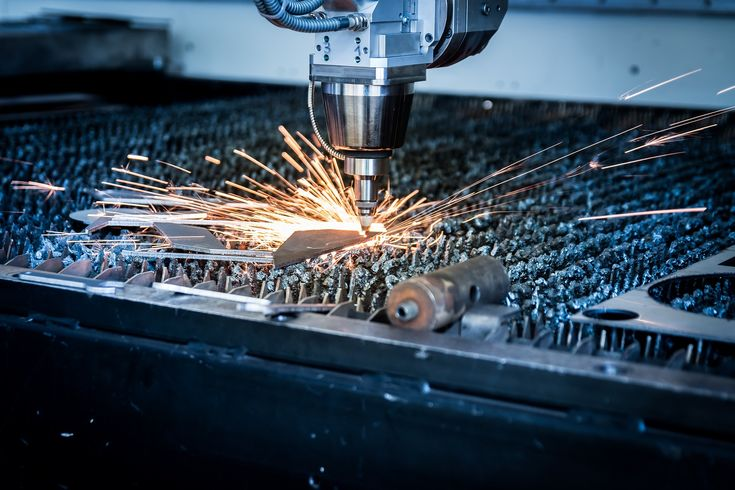
In the wake of the technological advancements in the manufacturing industry, several techniques are being advanced in order to revolutionise modern manufacturing. Wherever one turns today, the two most desired machines that top the list are the laser marking machines and laser engraving machines, although both have different purposes.
Despite the similarity of their names, one considerable differentiating factor is that each model works differently on materials. Regardless of the field you practice, you may need to use either of these two tools.
Therefore, in this article, we will advise you on their applications, accuracy, speed, and costliness so you may be able to choose appropriately. Keep reading to know how laser marking and laser engraving machines differ and choose which best meets your requirements.
Part 1. What is a Laser Marking Machine?
In simple words, a laser marking machine is a device that marks on the surface of a product but does not make a deep cut. It is used in making marks on semi-permanent marks and small marks that require precision.
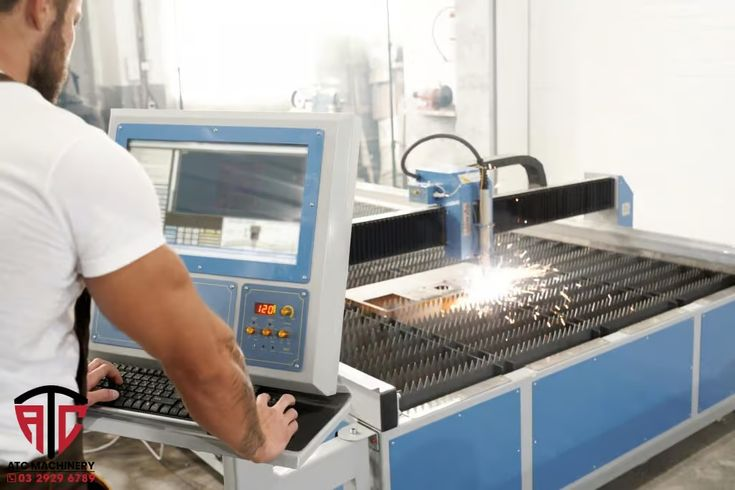
Laser marking is typically performed with five techniques:
- Annealing
- Etching
- Foaming
- Carbon Migration
- Color marking
Today, laser marking systems have been applied in many applications. Industries such as automotive, electronics, medical devices, and aerospace use this tool for serial number marking, QR code marking, barcode marking, and other identification.
Because laser marking is permanent, quick, and non-contact, it presents its best uses in high-industrial levels of production where traceability and precision need to be achieved. If accurate identification is all you would expect and yet do not want to compromise material integrity, a laser marking machine does the trick.
How Does Laser Marking Work?
The Laser machine works under the principle of directing laser beams onto its surface. The laser beams are directed to a metal surface through mirrors, which in turn make small the appropriate surface area.
Since the laser directly affects the material, the heat generated changes the look of the material and its surface properties. Depending on the different factors, that is, intensity and time of the beam, either of the following processes is: annealing, etching, foaming, or color marking, and each leaves its own appearance effect.
That precision allows the laser to mark only those areas to creates high-contrast, readable, and durable marks without affecting the overall properties of the untouched material. Thus, making marks that are durable and readable when applied to a variety of substrates.
Its precision and reliability establish the laser marking technology as the industry standard for traceability, branding, and identification; especially in the automotive, electronics, and medical devices market sectors.
Types of Laser Marking Techniques
They include:
- Laser Etching
In this type of laser marking, a raised mark is made through laser etching, melting and expanding the surface. A very focused, very high-intensity beam melts and evaporates that region, producing changes to the surface that become gray, white, or black.
Laser Annealing
The next technique is the Annealing. The result produced in laser annealing is that the material is heated using a laser beam, but not ablated (surface is not removed). This dislocates it 20 to 30 µm and causes localized coloring and oxidation. The resulting marks can become, depending on the heat intensity, black, red, yellow, or green.
It forms very hard and abrasion-resistant markings. This process works exceptionally well with ferrous metals, titanium, and so finds applications within the automotive, aerospace, medical, and food industries.
Foaming
Next, we have the Foaming. This technique is most applicable to the darkest of materials. Involves melting the surface of the material with the laser, creating gas bubbles, oxidizing, and creating a raised light-colored mark.
This method is the most applicable and exclusive to plastic and polymer surfaces. Markings produced in relief are easily read off on dark surfaces due to their excellent contrast characteristics.
Carbon Migration
While laser heat disintegrates molecular bonds and emits hydrogen and oxygen, a change in color on the surface occurs and creates grey to blue-gray markings.
It is most suitable for marking synthetic and organic polymers and for materials such as wood, leather, paper, and most types of packaging. It is not suitable for dark-colored materials, given the marks will remain low in contrast.
Color marking
Lastly, there is the color marking technique. In this, some of the high-contrast base layers on the top surface of a material are exposed by the laser mark, as it vaporizes the top coat to leave high-contrast and sharp marks.
The process is used on materials such as anodized aluminum, laminates, foils, and films. In such cases, the method is used for labeling, packaging, and identification tags.
Part 2. What is a Laser Engraving Machine?
Now that we have found out what Laser Marking is, what is Laser Engraving? It refers to a machine used to make a high-precision marking technique. Unlike laser marking, engraving makes a deeper cut, thus useful for permanent markings.
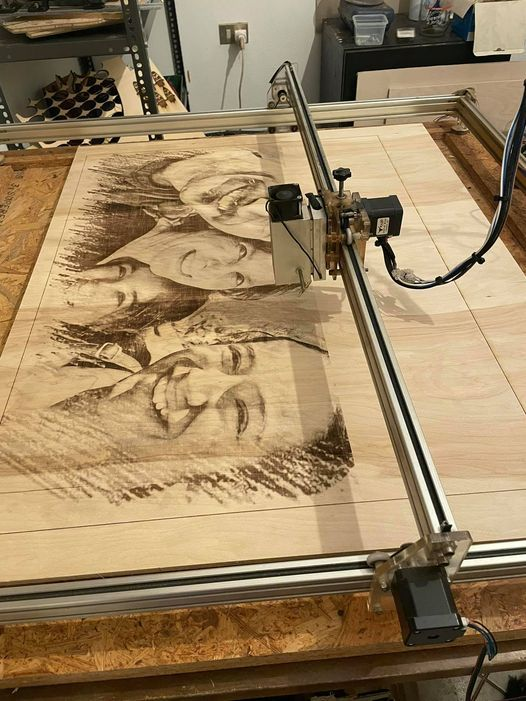
The permanent design is very highly contrasted and thus gives very good visibility against the material and the engraved object, with high precision and durability. Other than Etching, annealing, and laser ablation, which make lighter, shallower, and less permanent marks, Laser engraving makes deeper designs.
How Does Laser Engraving Work?
The machine instruction for the laser engraver follows the CAD model that traces the laser beam to evaporate the material surface and creates a pattern. Engraving accuracy is dependent upon the machine settings in terms of power, speed, and focus.
Advanced laser engravers, with automation and real-time adjustment, offer consistent and high-quality results. Laser engraving machines are primarily divided into two categories:
- Benchtop laser engravers: Stay fixed for tasks demanding stability and accuracy. They include Fiber Lasers, CO₂ Lasers, UV Lasers, YAG Lasers, and MOPA Laser Machines.
- Portable engraving machines: They are adjustable in such a way that they can be easily moved for engraving or marking large, irregularly shaped items on-site.
Types of Laser Engraving
1.Deep Engraving
It makes cuts through materials, becoming bold and heavy marks. The technique is usually required for industrial applications where durability and readability are crucial. It grants longevity even in a very harsh environment, making it suitable for metal parts, serial numbers, and heavy-duty branding.
2.Surface Engraving
This is a technique that involves light engraving and a very small removal of material with maximum precision. It finds use in applications that require fine detailing: branding, personalization, and complex designs. This method works on materials like Wood, Plastic, and Coated Metals, ensuring good contrast without damaging the integrity of the material.
3.3D Engraving
Finally, we have 3D engraving, which allows for the creation of multidimensional designs with variations in intensity and depth of the laser. This lends itself to a wide array of applications, from artistic engravings to detailed reliefs and upscale decorative use through shading effects and depth differentiation. Jewelry, mold making, and signage industries use this method widely.
Part 3: Laser Marking Machine and Laser Engraving Machine Have Different Applications
Laser Marking and Laser Engraving machines behave differently when exposed to a material. Therefore, each tool has a different purpose from the other.
Applications of Laser Marking Machines
- Automotive & Aerospace – Used to make Serial numbers, barcodes, and QR codes that are used on engine parts, circuit boards, and metallic components.
- Medical Industry – sued for making labels, instruments and devices so that traceability can be ensured without causing damage to the materials.
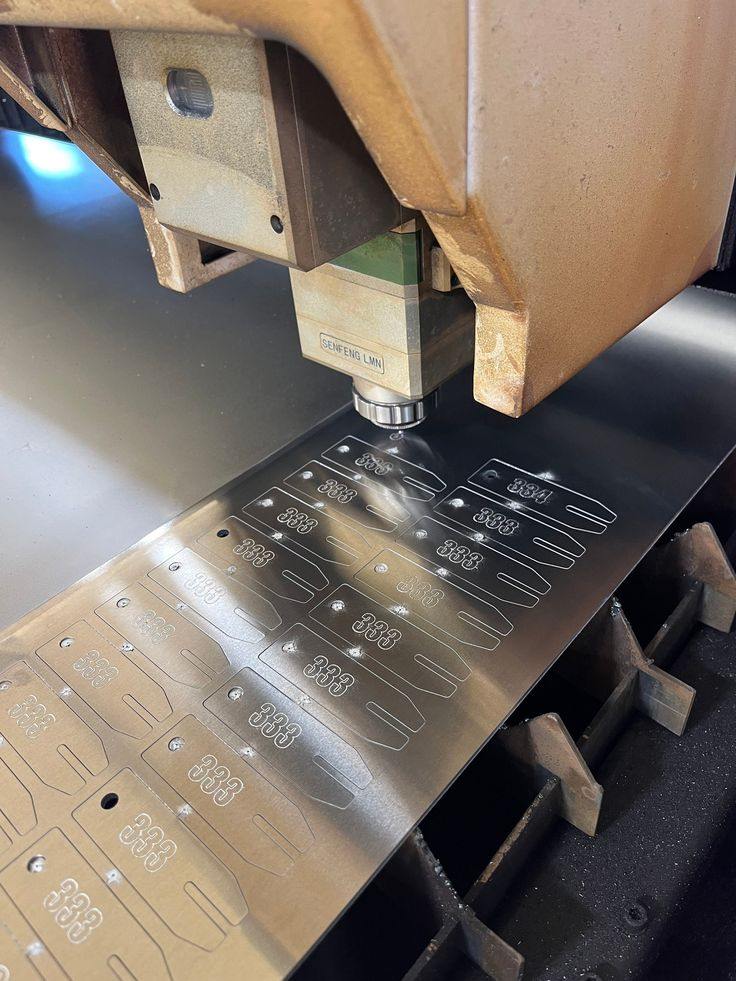
- Electronics Manufacturing – Members branding and component labeling of PCBs, plastic enclosures, and electronic components.
Applications of Laser Engraving Machines
- Metal Fabrication- used to make Logos, serial numbers, and part identification on steel and aluminium.
- Jewelry Industry- used in inlaid work, including names and designs on rings, bracelets, and watches.
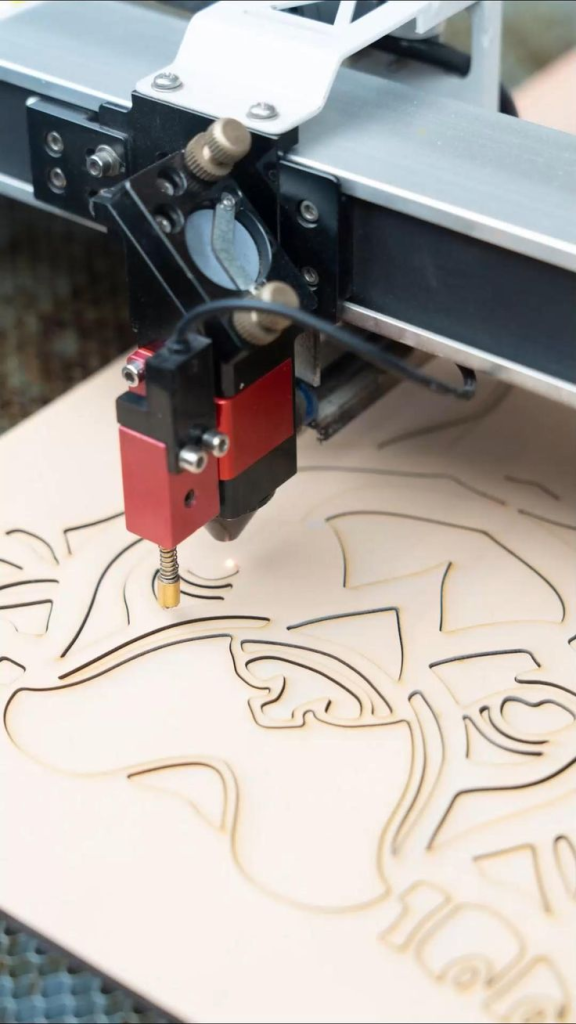
- Awards and Signage – Used in fine plaques, trophies, and custom signage produced on wood, acrylic, and glass.
Part 4. Comparison of Machining Accuracy and Speed of Laser Marking Machine and Laser Engraving Machine
Just like other metrics, the speed and the accuracy of the two machines differ. Let’s check out these differences:
Accuracy
Laser Marking Machines are able to produce ultra-precise, high-resolution marks. With their sharp, clean edges, one may call them for just any task they can get done, either defining micro-mark of serial numbers or QR codes in small features. The marks, however, are precise because they use a non-contact process, meaning they create something without distorting a material. So detailed labeling and traceability are maintained as required for applications in electronics or even aerospace.
On the other hand, Laser engraving machines, to provide high precision, are slightly less accurate than marking since material is removed during the process. Permanent marks are created through engraving, making it deeper, although the edge of the marking may not be as sharp because the process is somewhat destructive. Still, it promises very high precision-with the best durability and visibility characteristics.
Speed
Laser marking machines are considerably faster than laser engraving machines because marking only modifies the surface and does not really removes the material. This saves energy and time making it very suitable in production line where the time factor is very important and has to be high speed.
On the other hand, laser engraving machines are slower. One layer of the surface has to be vaporized, which takes much longer than just changing its appearance. Engraving, although slower, produces very deep and permanent marks that withstand wear and tear and thus are very useful in applications for which durability over the long term is required, such as in metal fabrication, jewelry, and signage.
Part 5. Price Comparison of Laser Engraving Machine and Laser Marking Machine
Cost Factors
Cost factors for laser engraving and marking machines include:
- Laser Power: Powerful laser machines cost more.
- Machine Type: CO₂ lasers, which are mostly used for engraving, typically cost more than fiber lasers that are mostly applied for marking.
- Maintenance Cost: Maintenance Cost: Engraving machines require higher maintenance due to the cleaning of dust and dirt that prevents getting into the evacuated material during engraving.
General Price Ranges
Laser Marking Machines
Small-scale laser engraving machines of about 20- 30W are used in small applications. They can be used by starters or organizations where there is basic engraving capability needed without an expenditure of huge amounts in terms of initial outlay. Sold between $2,000-$5,000, they represent a cost-efficient option for restricted engraving capabilities with satisfactory accuracy and productivity.
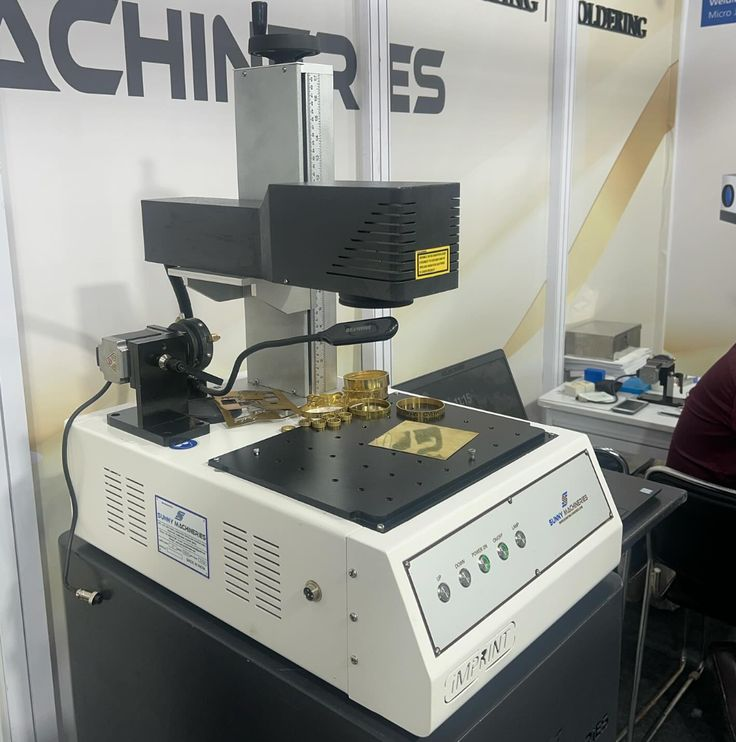
Mid-range laser machines, between 30W and 50W, lay the groundwork for performance for businesses with engraving needs that are not the highest but need to be met. Price points of these machines are $5,000-$15,000 and therefore offer greater power, larger engraving beds, and more capabilities: improved software and automation. They are intended for industries demanding constant quality engraving in many materials.
Premium class industrial laser machines-for rigorous applications priced in 50W-100W models. Priced from around $15,000 and at times over $100,000 to start, these machines offer ultra-high speed, enhanced accuracy, and utmost ruggedness. They are the first choice in mass production where reliability and efficiency are of utmost importance.
Laser Engraving Machines
The entry-level CO2 laser engravers are usually priced around $2400 and go up to about $3600. Such machines suffice the purpose of a hobbyist and also the small entrepreneurial organization with very little basic engraving facility on wood, acrylics, and leather.
The range of CO₂ laser engravers lies between $3,000 to $7,200. These machines can impart superior power and larger working areas for pet projects or complex and large-scale projects. More often than not, they feature improved beam quality, faster engraving speeds, and are made for companies in expansion and more intensive applications.
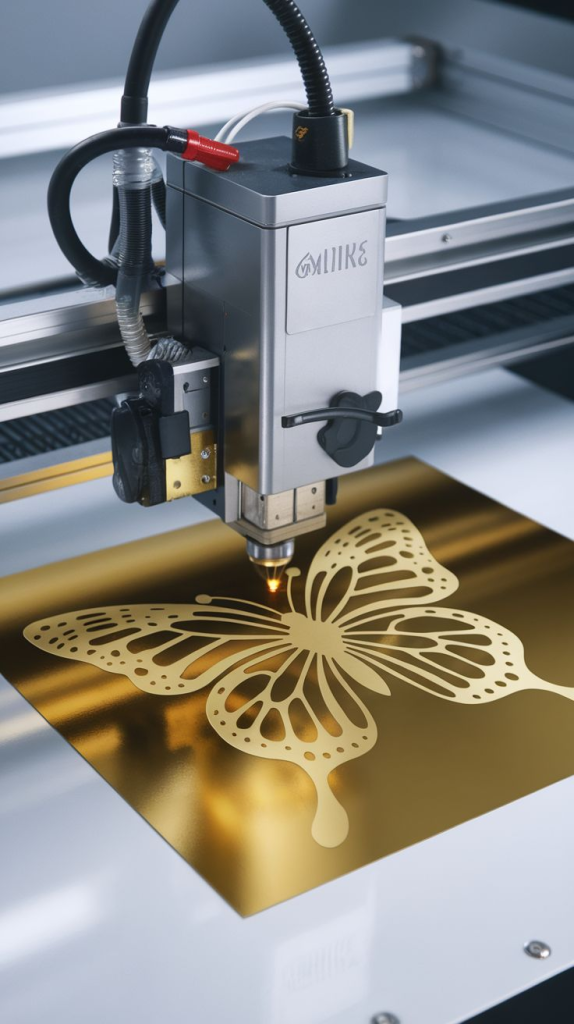
Next, we have High-End CO2 Laser Engravers that have a price range of $4,700-$6,500, and they are said to be mostly professional and industrial as they provide very high precision output and greater durability in processing a wider range of materials. In addition to that, they acquire automatic focusing, and sophisticated control systems that provide optimum performance when doing highly demanding tasks.
Lastly, we have the Fiber Laser Engravers category covering $3,500-over $15,000. The entry-level fiber lasers do basic marking while the higher-end lasers provide higher power and precision, catering to most industrial applications, such as deep engraving on metals or high-speed marking.
Part 6. How to choose between a Laser Marking Machine and a Laser Engraving Machine
One of the many factors that have to be weighed while deciding to use a laser marking machine or a laser engraving machine is the project requirement, especially when it comes to the marking depth.
The next factor to consider is material type. Considering that laser marking machines are slower general-purpose machines, then laser engraving machines become more suited for metals and other materials requiring highly permanent marks.
You should also consider the cost. Judging on a budget basis and limits, laser marking machines are less expensive and have a lower maintenance cost than engraving machines. Engraving machines are more power-hungry, which makes them expensive compared to their maintenance costs.
Conclusion
Both laser engraving and laser marking machines have their different specifications and applications. If a user requires speedy marking without removal of material, a laser marking machine is the answer. For deep, durable engravings, though, a laser engraving machine is the one to buy.
Having understood the differences in application or accuracy, speed, and pricing, you can find specific answers for each of your applications.
In the end, Kuntai Laser has high-quality laser engraving and marking. Thus, it will lead you to the best kind of laser processing equipment as per the needs of your industry.

